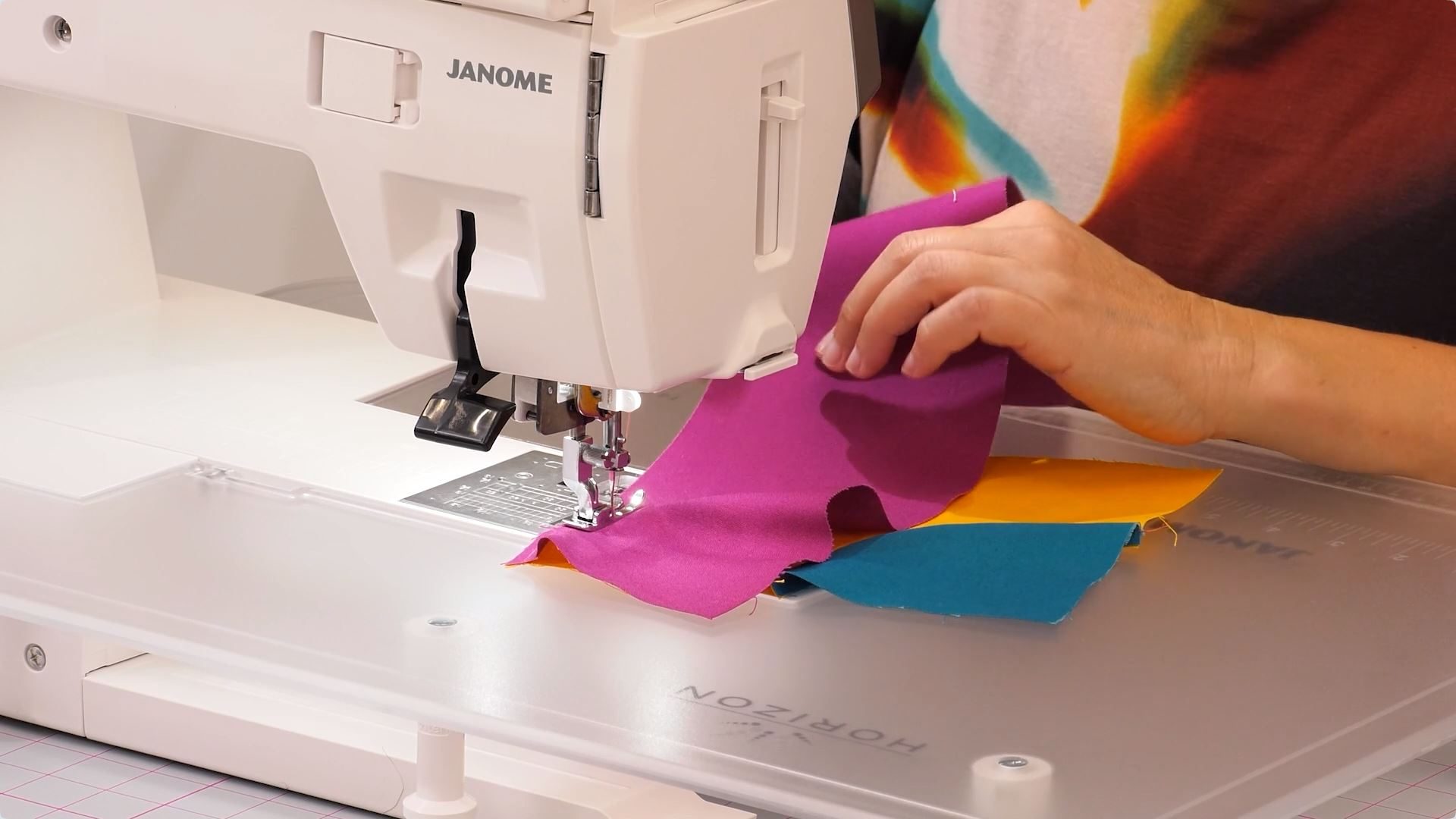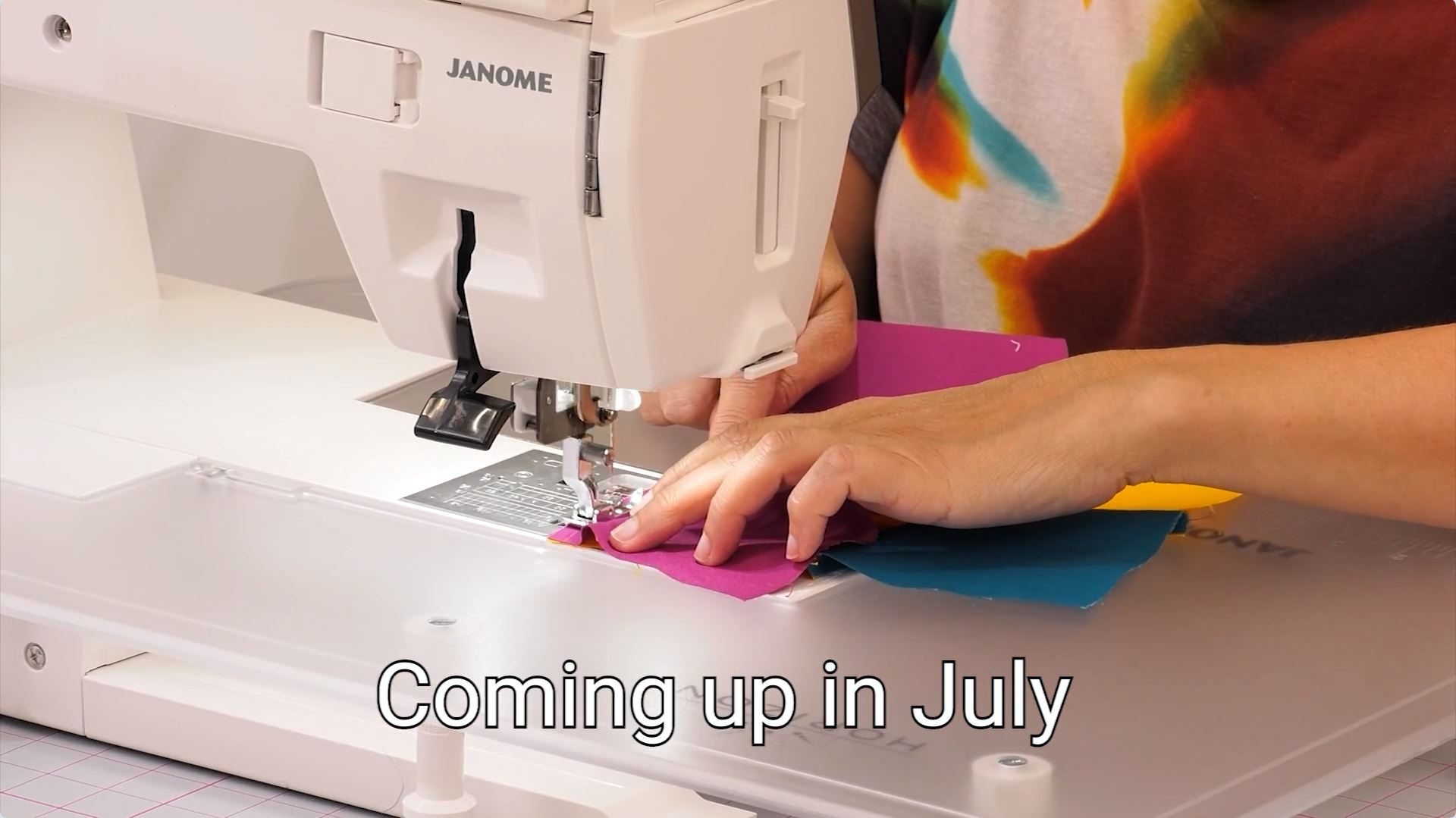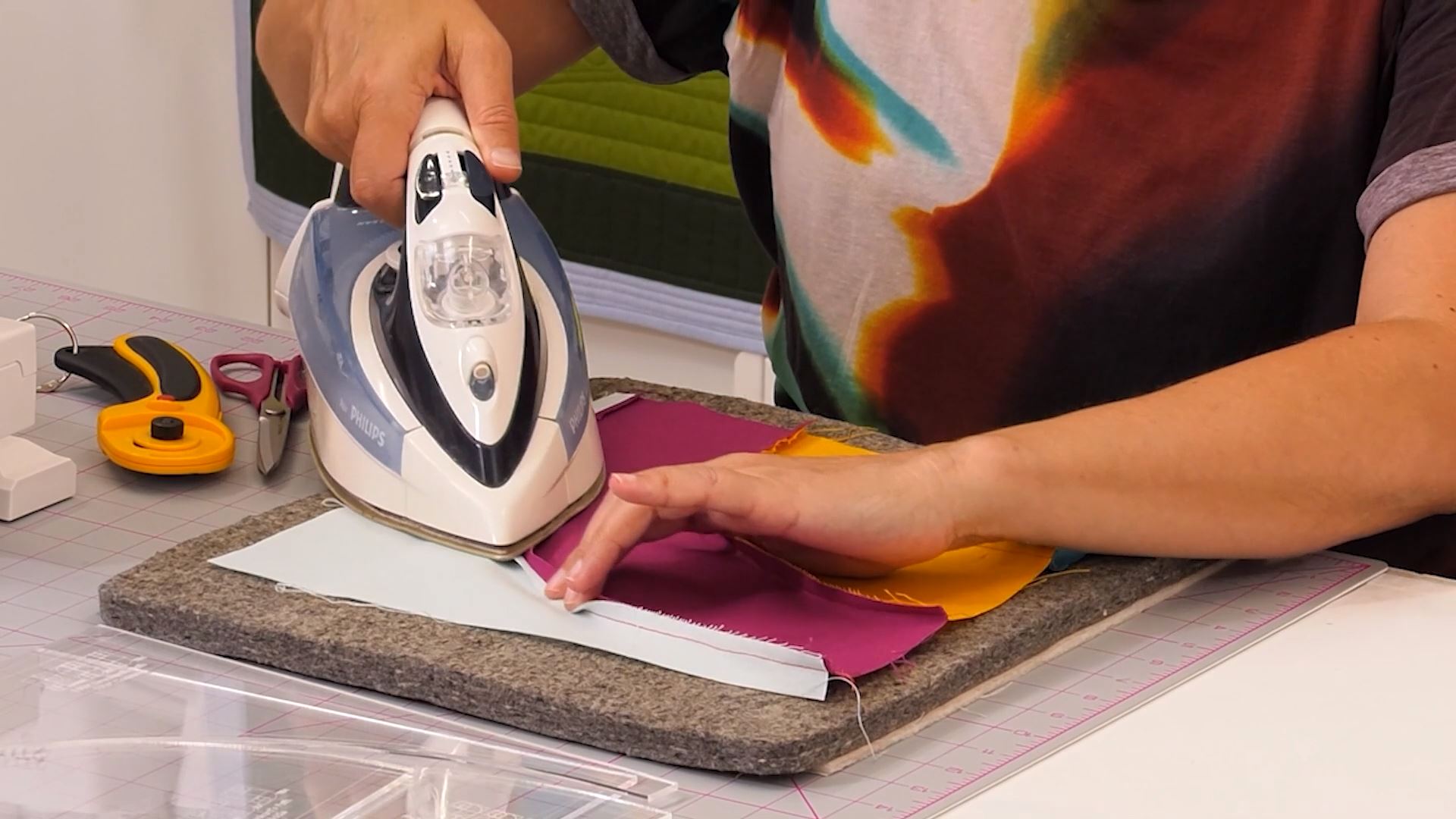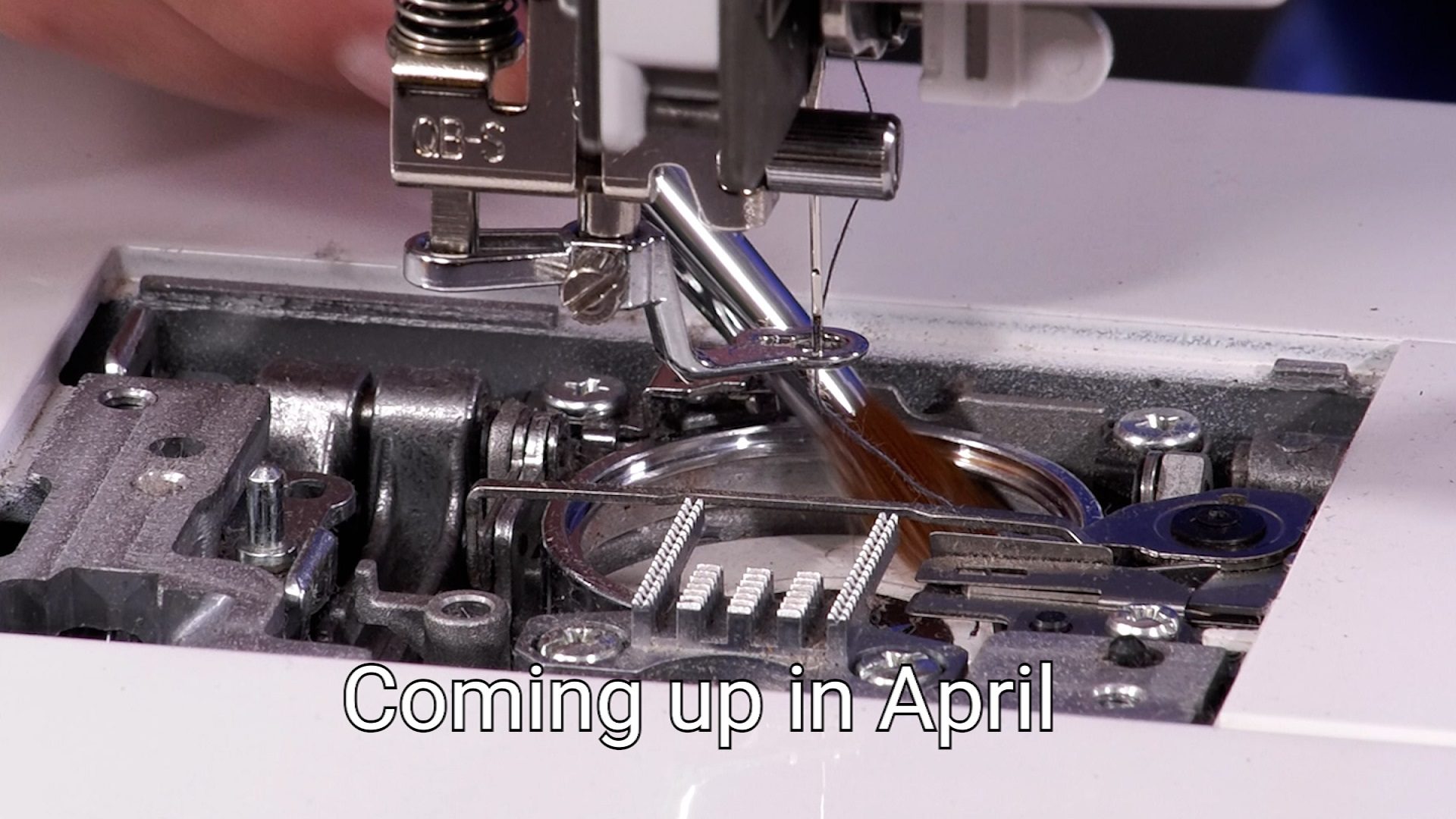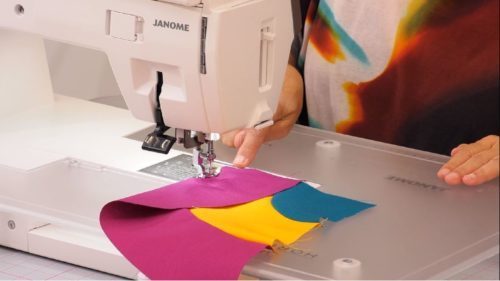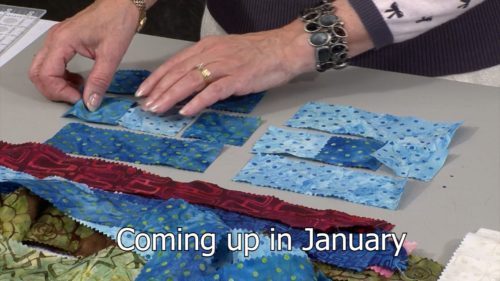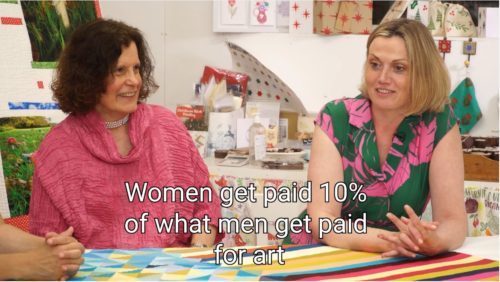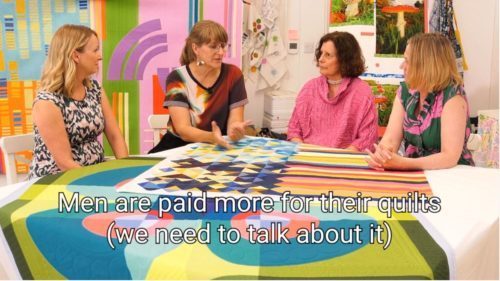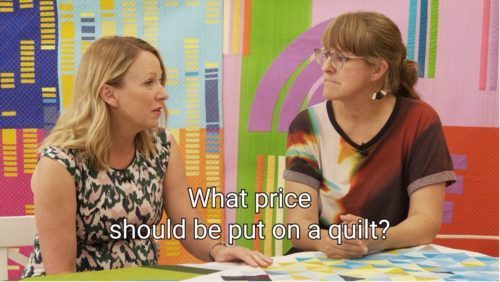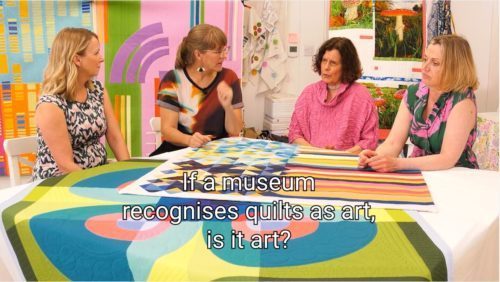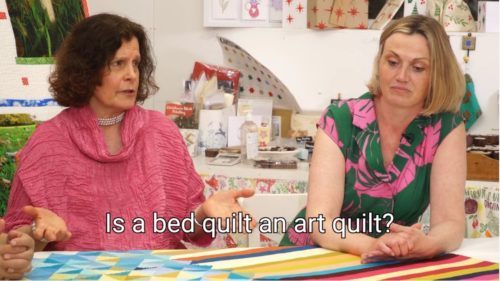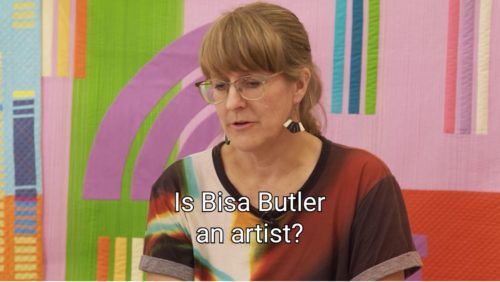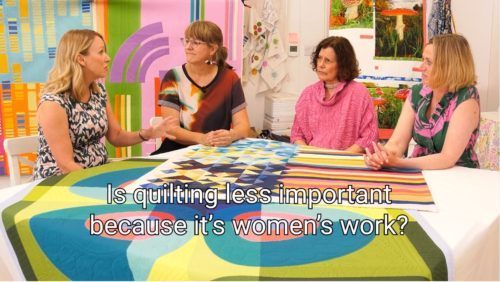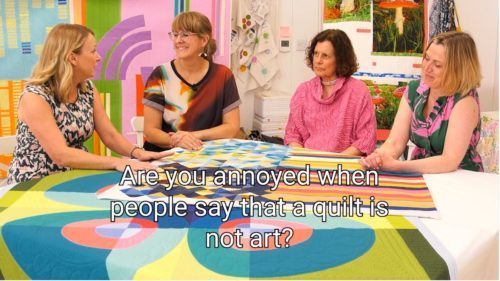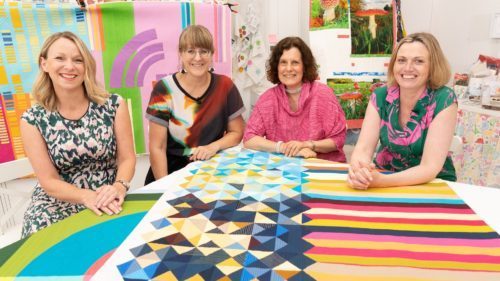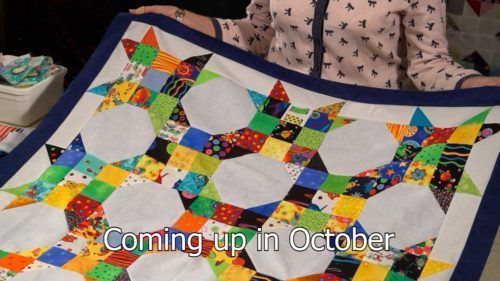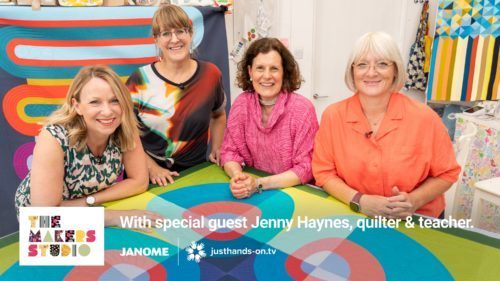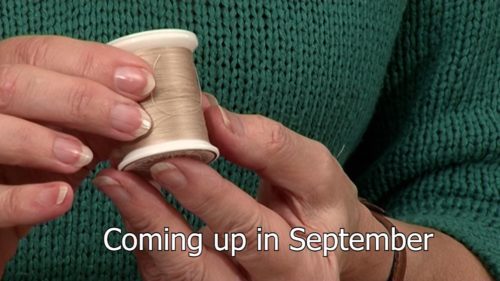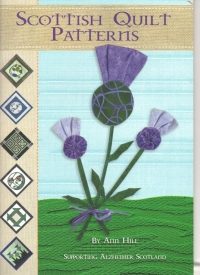About Jenny
Jenny is a modern quilt designer and teacher known for her colourful, curvy machine pieced patterns.
Jenny Haynes (née Nilsson) studied Pattern Cutting and Tailoring in her native Stockholm. Soon after, she followed her passion for fabrics and moved to London to study Fashion and Textiles at the London College of Fashion. She went on to develop her own label ‘Papper, Sax, Sten’ (that’s ‘Paper, Scissors, Stone’ in case you’re wondering!), creating award-winning designs that reflect her many different influences. She is based out of Sheffield, now.
Her bespoke quilts and furnishings are recognised for their clean and simple, mid-century modern design. Jenny mixes rich colours with pastels and is not scared of a colour clash. She often uses her trademark curves together with solid fabrics, while remaining faithful to her Scandi’ roots.
Jenny’s work was recognised in Summer 2015 when Jenny was invited by the Swedish Chamber of Commerce, along with 18 other Swedish designers, to be a part of Heal’s Swedish Summer Exhibition. Heal’s have a long history of promoting Swedish design with exhibitions in 1923, 1951 and 1971.
Her quilts and patterns appear regularly in books and magazines, including Thames & Hudson for the V&A and in Patchwork & Quilting: A Maker’s Guide, ‘Designed by teachers and practitioners at the leading edge of today’s craft revival.
Two of her quilts won awards at QuiltCon 2019 in Nashville. QuiltCon is arranged by the Modern Quilt Guild and is the biggest exhibition of modern quilts in the World.
When Jenny isn’t designing her curvy and quirky quilt patterns, she teaches at the V&A as well as giving talks and running workshops for Guilds and textile venues in the UK and abroad. She also offers live online workshops.
You can watch Jenny demonstrate how to sew no pin curves in this episode of The Makers Studio series.
Signature Technique
Colourful curvy quilt patterns
Top Tips
- Use a shorter stitch length (1.8) for stitching curves to give your block extra strength and to avoid splitting in the seam.
- When colours clash a bit it gives your quilt spark.
- When sewing curves, always start with the smallest curve then work your way up.
- Your finger is the pin when sewing no pin curves.
- Always finish all of your piecing before pressing your block. It’s easy to stretch your block out of shape if you press before you are done.
- Press your seams open for a flat, block print like finish.
- Use a tailor’s block to help you seams stay flat.
- Precise and variable quilting designs help to enhance the organic shapes in your quilt.
Videos
Patterns
Posts
Alzheimer Scotland pattern book
Ann Hill is a tireless supporter and fundraiser for Alzheimer Scotland; one of her recent projects was to arrange to cover the Hampden Park Football stadium turf with quilts -which she did!!!! (and we suggested a really quick and easy pattern for you to make: click here to enjoy: ) Another of her projects has been to produce this book of patterns entitled 'Scottish Quilt Patterns - which contains a wide variety of projects and patterns for you to follow.
Have I done enough quilting?
Modern waddings do not need to be as densely quilted as vintage quilts used to be - that's why the older quilts are quilted approx every 1"; check with the paperwork/washing instructions that come with your wadding but usually today's option is approx 7-10" apart. Question: I have quilted each (log cabin) block on the diagonal to make squares with the quilting line (does that make sense?).
I want to make a cot quilt – where do I start?
You need to start with the fabric: some for the top, wadding for the middle and backing fabric; The wadding and backing fabric should be the same size as each other AND they should be larger than the top fabric, by approx 4" all the way round. Layer together with pins or tacking ready for quilting. see layer quilt and bind Click here: You need to quilt the sandwich either by hand or machine: if you plan to work by machine you have two options: free motion: Jennie has a couple of workshops on the website - the first is free motion embroidery - but don't be put off by the title - it will help
and then the second is about free motion quilting: or using the walking foot.: this is really easy to use as it is just another foot and just sews, but fitting it can be a bit of a trick, so here is some help:click here and then you can sew in straight lines or use simple wavy stitching as suggested by Valerie.


